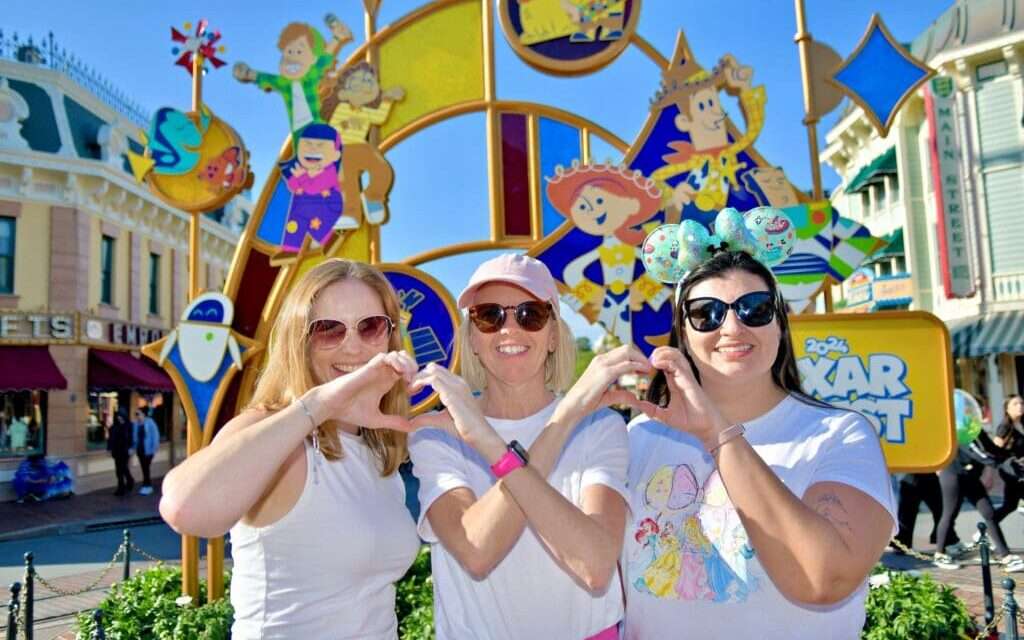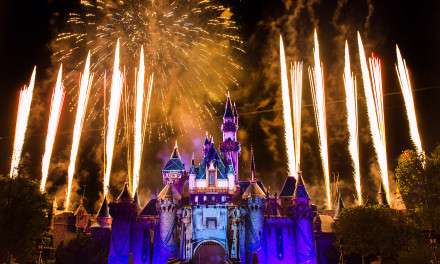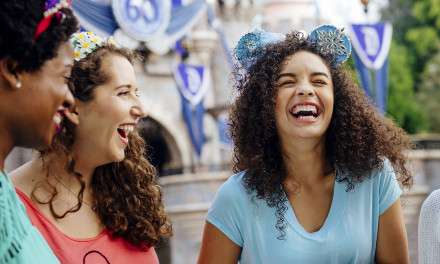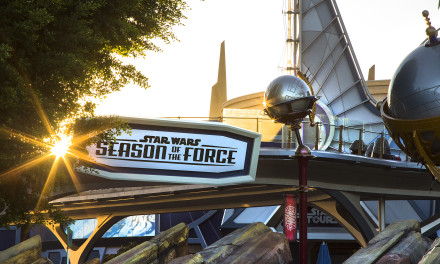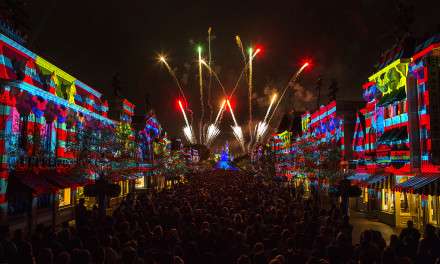Disneyland Resorts have long been celebrated as the Happiest Place on Earth, but after a recent visit during Pixar Fest, I’ve started calling it the Happiest (Safest) Place on Earth. This extends beyond security measures, addressing how the park accommodates visitors with hidden disabilities, health challenges, allergies, and neurodiversity. The Disney experience, it seems, is all-inclusive, ensuring that everyone, regardless of their individual needs, can enjoy the magic.
I joined a Pixar Fest fam trip at Disneyland Resort in California, eager yet anxious. My travels have recently been complicated by accumulating health diagnoses, raising concerns about managing long days, allergy-safe dining, and sensory challenges. From the very start, however, it was clear that every Disney park, hotel, restaurant, and outlet was committed to catering to every kind of traveler. Staff encouraged guests to show up exactly as they are, ask for needed adjustments, and enjoy the safest place in the world.
One memorable highlight was the parks’ dining experience. As someone with Mast Cell Activation Syndrome (MCAS), dining out often presents a challenge. Yet, Disneyland’s approach was refreshingly considerate. Each eatery had dedicated allergy-friendly options, and chefs like Juan at Cocina Cucamonga Mexican Grill went above and beyond to ensure meals were not just safe but genuinely enjoyable. When I visited Disneyland’s various dining venues like Goofy’s Kitchen and Storyteller’s Cafe, I felt welcomed and cared for, a sentiment I wish extended beyond the park’s gates.
Accessibility extends far and wide at Disneyland. For guests with non-visible conditions such as POTS (Postural Orthostatic Tachycardia Syndrome), waiting in lines can be daunting. Enter the Disney Genie+ and Disabilities Access Service (DAS). Genie+ adds a much-needed convenience by allowing pre-scheduling of rides, while DAS supports guests who can’t stand for long periods by offering flexible wait times.
Disney’s measures aren’t limited to physical disabilities. Their sensory guides detail potential overstimulation triggers in the parks, helping visitors navigate attractions like Soarin’ that use scents to evoke emotions. This foresight ensures that guests with conditions like MCAS, anxiety, PTSD, or those with neurodivergent needs feel supported. The guide highlights various triggers, offering families and individuals a way to plan a positive experience.
Disney’s true magic lies in its people. Every staff member embodies a wave of change, as reflected in interactions with guests. Helen Cass from Leisure Options shared a touching moment where Captain Marvel and Thomas, a 16-year-old with autism, shared a genuinely beautiful interaction. It’s these heartfelt connections that transform Disneyland Resorts into a place where everyone – regardless of their challenges – can feel at ease.
Do you have a story to share about accommodating hidden disabilities at theme parks? Drop a comment below and share your tips or experiences. We’d love to hear how different parks around the world make their magic accessible to all. Don’t forget to share this story with friends who might find it useful!

